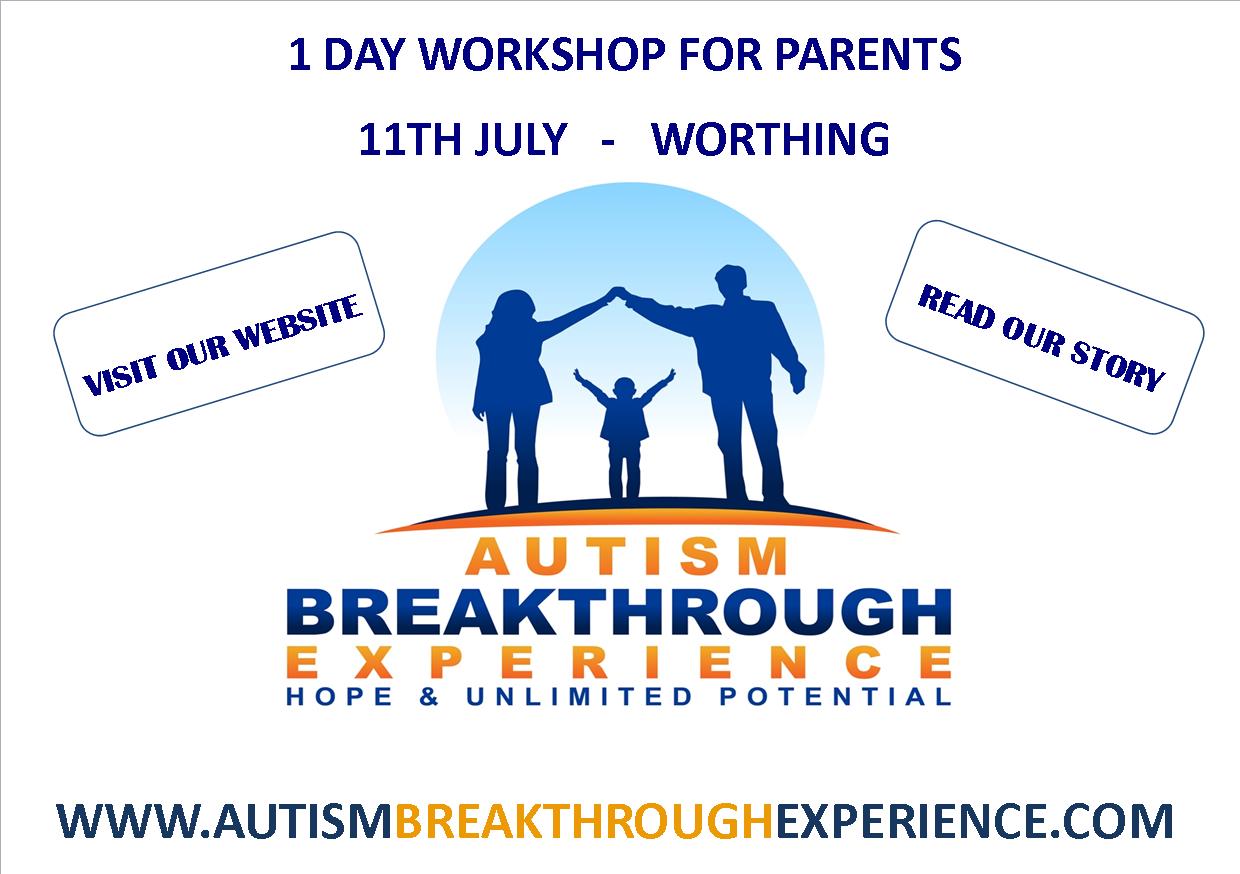In 2005 our son was diagnosed with autism. My husband and I were devastated. He struggled to talk or communicate in any meaningful way and avoided contact with people as much as possible. He had meltdowns whenever we went shopping and tantrums whenever we had to leave somewhere he wanted to be. He engaged in lots of stimming behaviours, flapping his hands, jumping up and down and mumbling into his hand. We couldn’t take him to birthday parties and had to start avoiding meeting up with other people as it was overwhelming for him. It became very isolating for me as well as being exhausting hard work, dealing with his meltdowns and anti-social ways. Out of desperation we tried lots of therapies and approaches. The school system couldn’t help him. They told me they were ‘dealing with him better’ because they were starting to ignore him and one head teacher told me they could start to teach him when he learnt to conform. But he couldn’t conform. His sensory overload was way too overwhelming for him and he couldn’t cope with the unpredictability, the noises and the expectations of school. Because of all he was dealing with he couldn’t learn so at age 8 he was still on ‘p’ levels. His academic learning was stuck.
Now, at 12, he has friends, he’s part of mainstream drama groups, loves performing on the stage, writes his own songs and musicals, makes films, is responsible enough to stay home alone, clears the house, talks all the time and he and I are really close. He has recently written a 170-page film script, loves making up jokes and he is hosting a talent show this weekend. He said to me yesterday ‘soon your son will be spreading his wings, Mum’. He is taking his grade 2 singing exam in 2 weeks time and can’t wait. His neurology has changed. He functions at a near-typical level most of the time. He is kind, patient, flexible, open for learning and loves life.
How did this happen? It certainly didn’t happen over-night! We found different approaches, the Son-Rise programme, auditory integration therapy, Cease Therapy and biomedical interventions to name a few.
1 Day Workshop In Worthing – 11th July
We are running an Autism Breakthrough Experience workshop on 11th July for parents who have children diagnosed with autism (up to age 16). Here we will share our story and our knowledge of the approaches we have used why they worked. The course will be run by Erik Wagter, a social worker specialised in family support and Solution Focused Brief Therapy and Sally Wagter, a teacher of 19 years who has researched and run our son’s autism programme for the past 8 years.
It is a coaching session to really listen to and empower parents to help their children. Our journey is one of parent-power and we want other parents to know that they have huge resources within themselves to help their children to the next level on their journey with autism.
Even though we’ve already kept the cost for parents as low as possible, we are happy to offer your listeners/readers a very special deal that when they mention the name of PatienTalk.Org they will receive a free ticket with every ticket they purchase.
As you can see, we’ve been on an amazing journey and would love to share this with other parents. We’re happy to do interviews or anything that will make it interesting for you to spread the news of the workshop.
Tim himself is excited about the fact that we are going to share this with other parents to help them with their children.
If you think it will be helpful for other parents to know about this please contact me on 078 777 58598 or send an email to erik@autismbreakthroughexperience.com.
Please read our story at www.autimsbreakthroughexperience.com/our-story to see who we are and what we are about.


